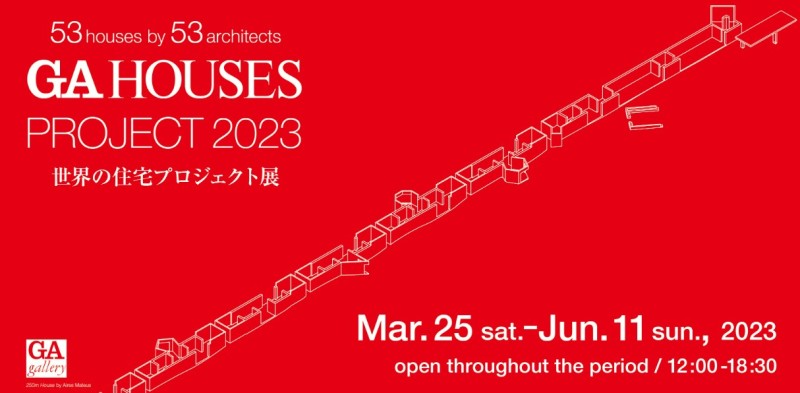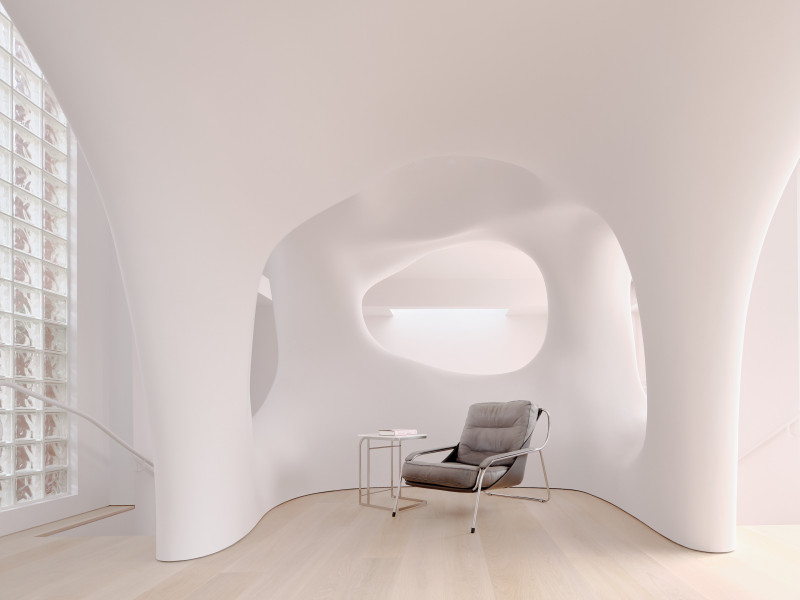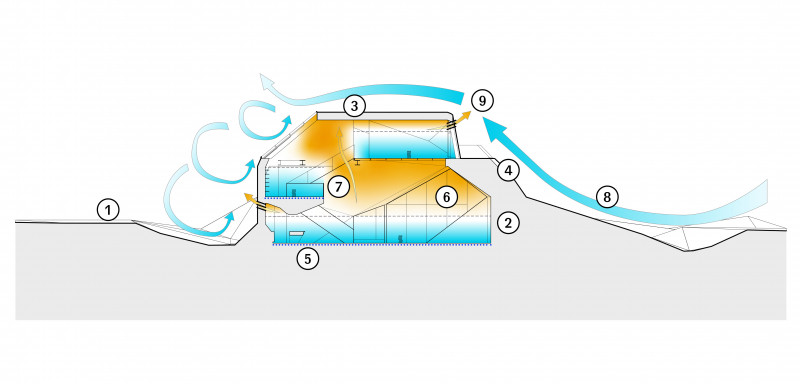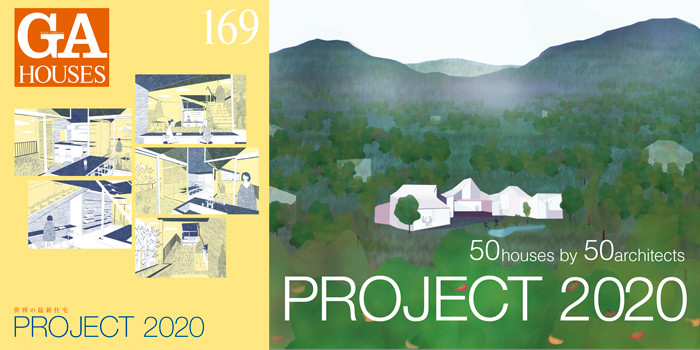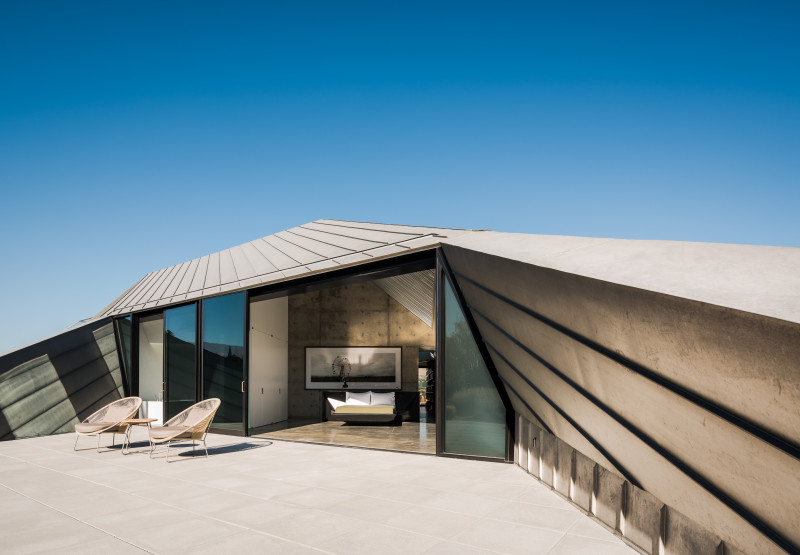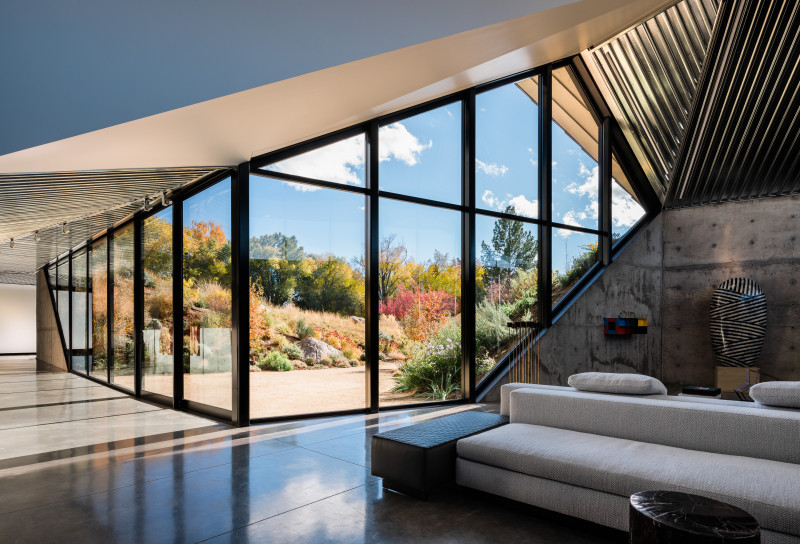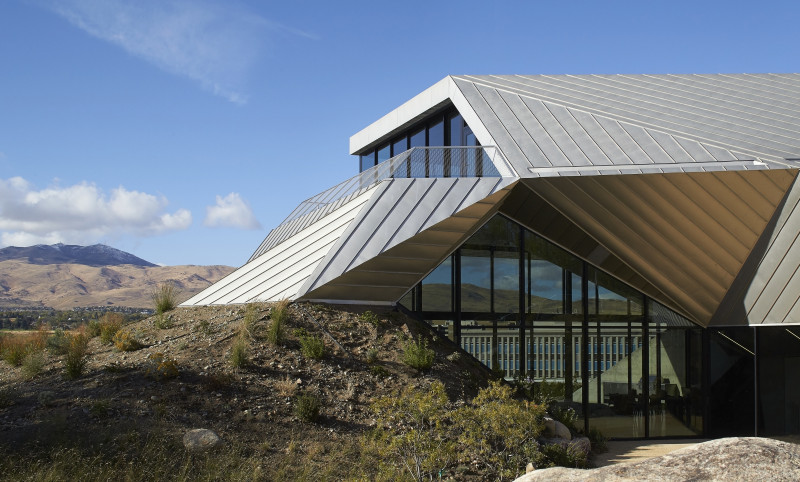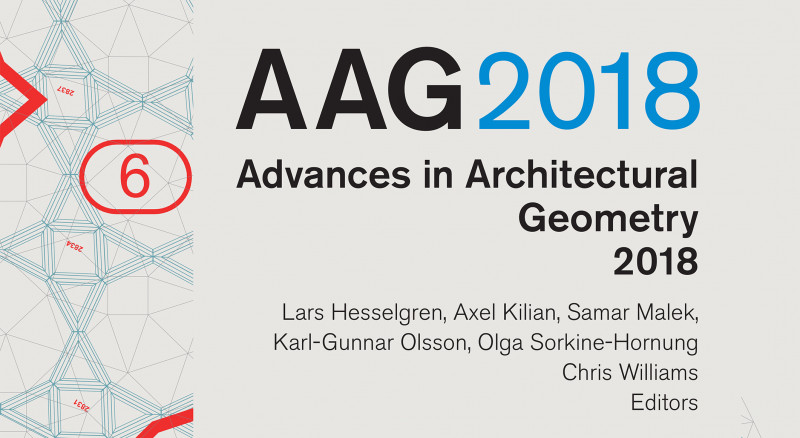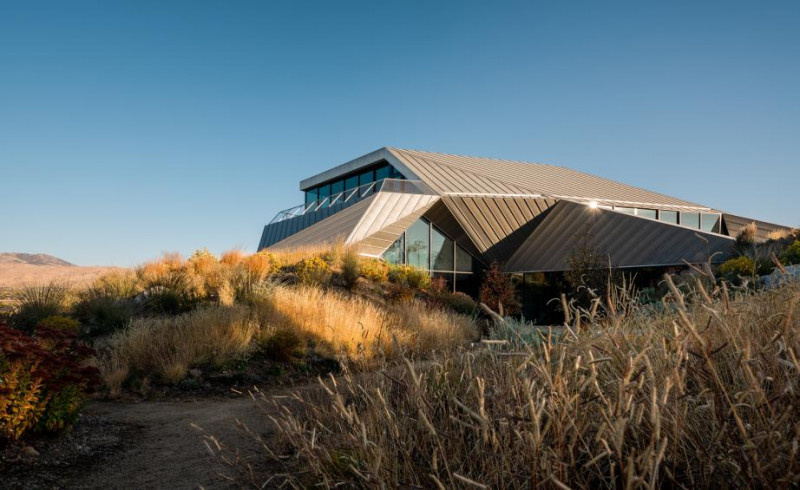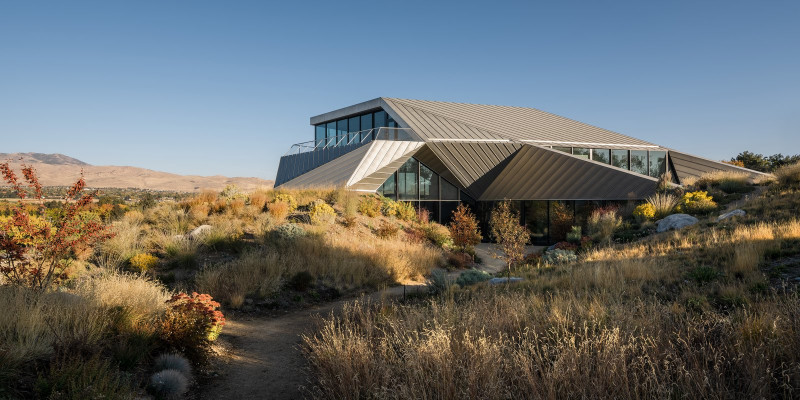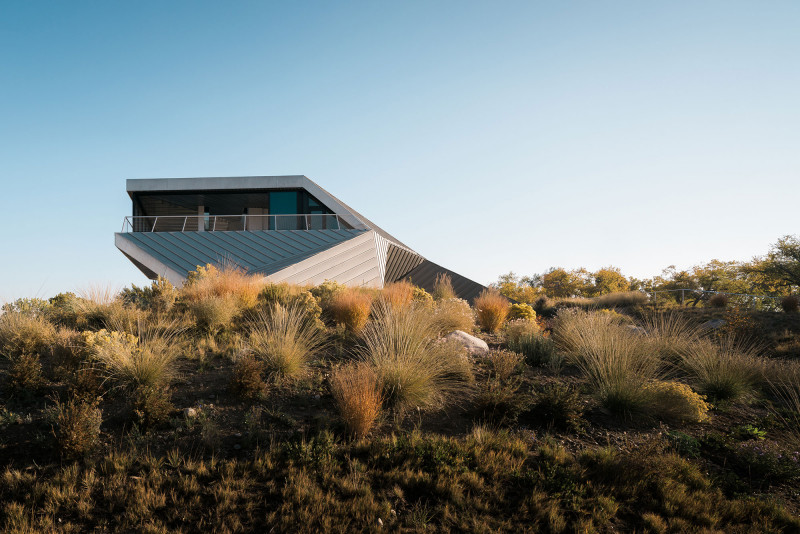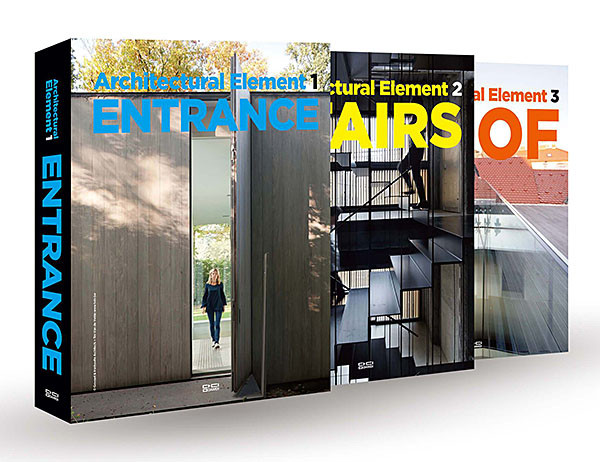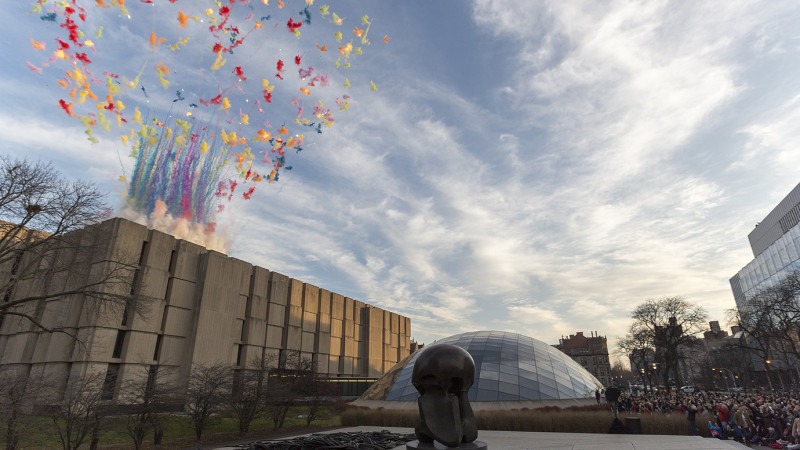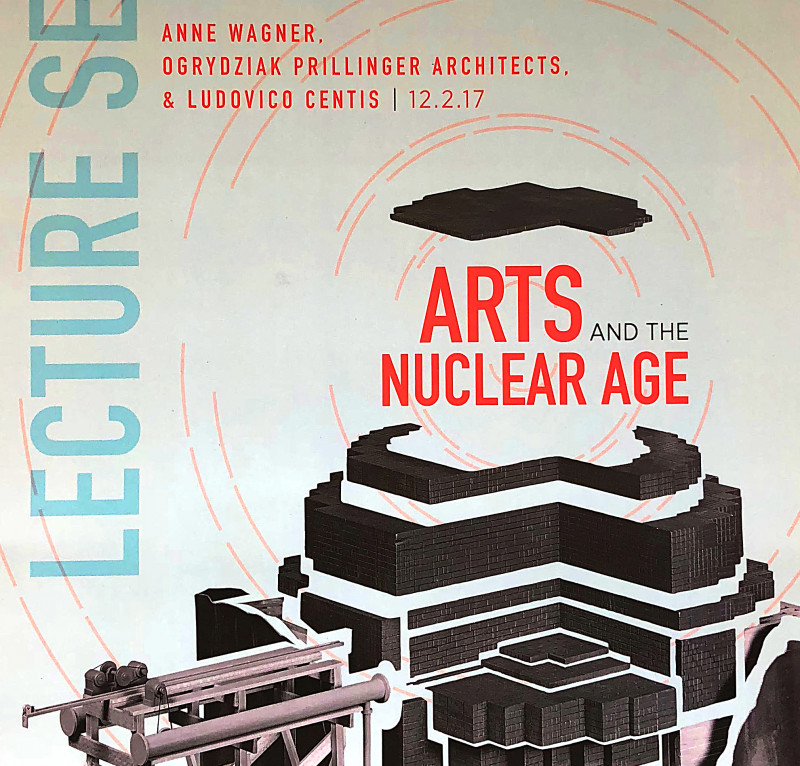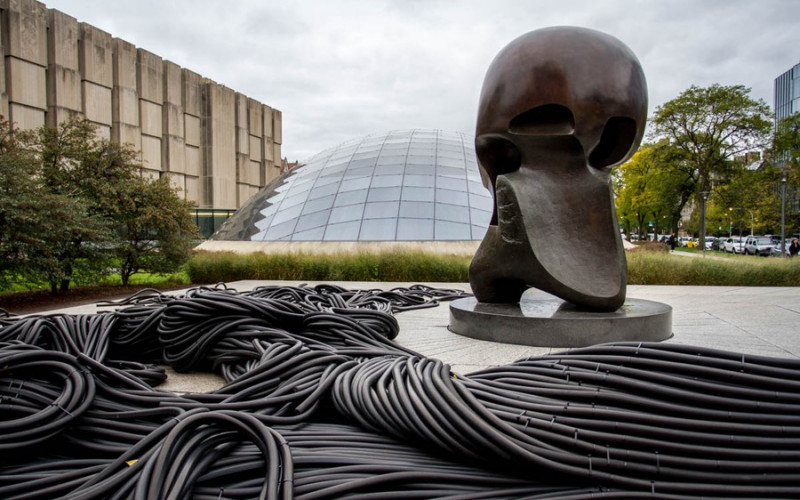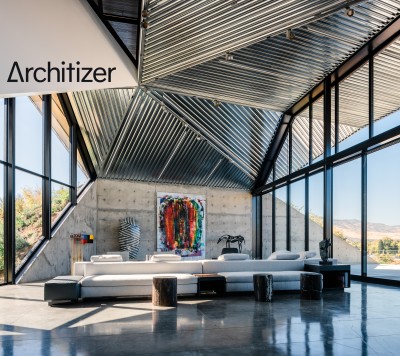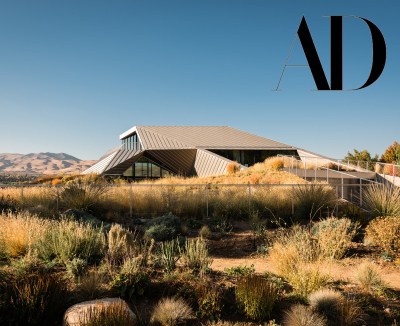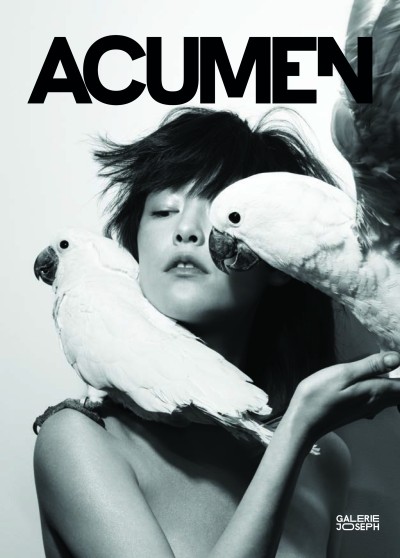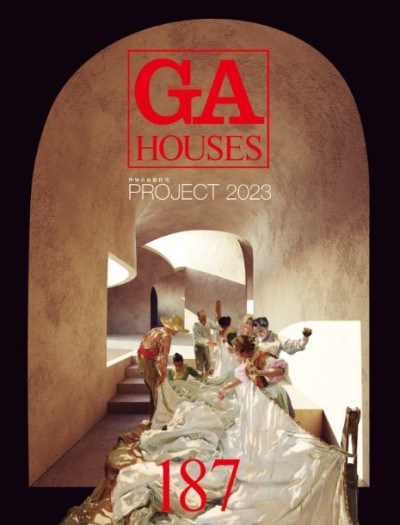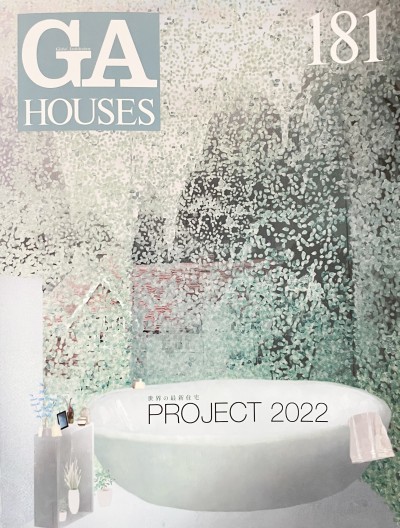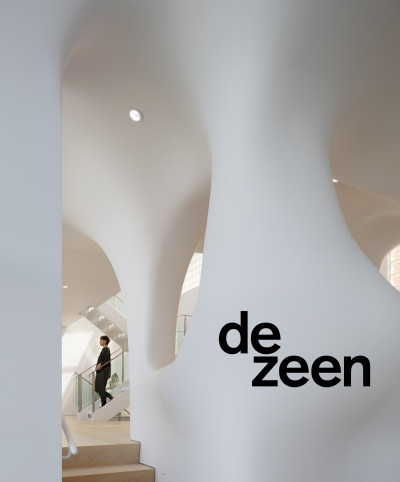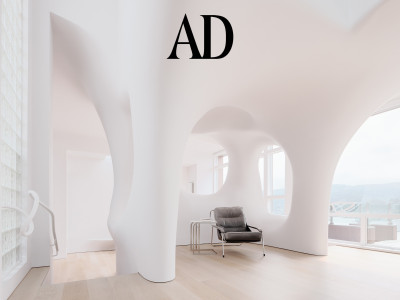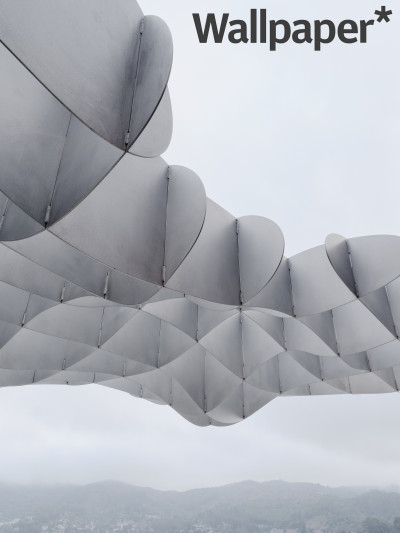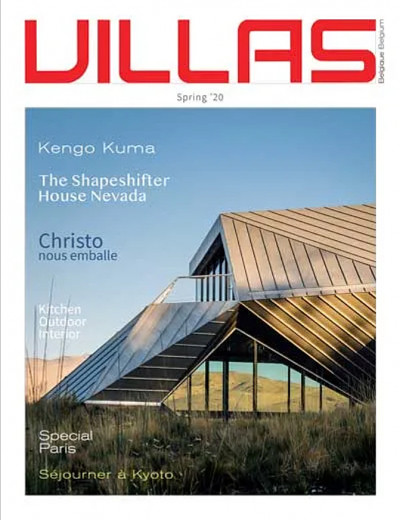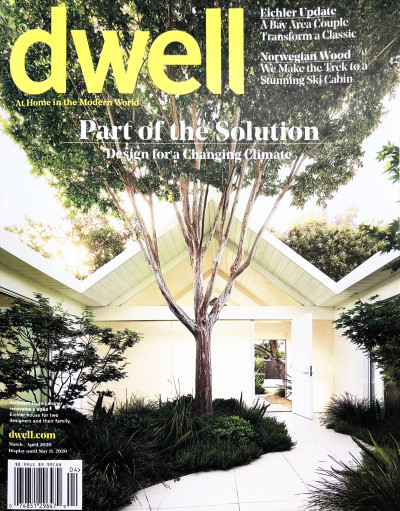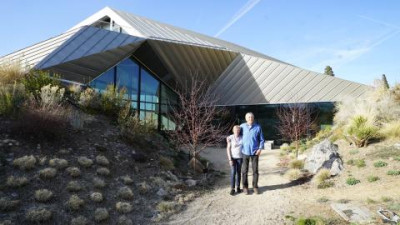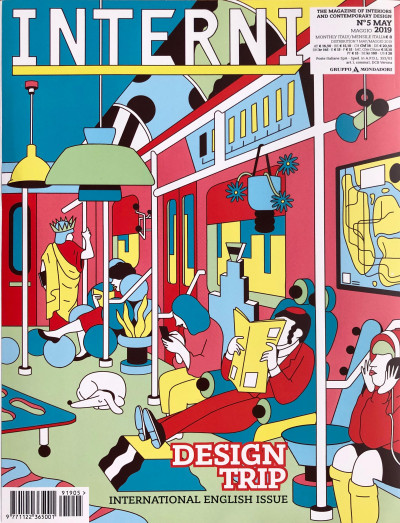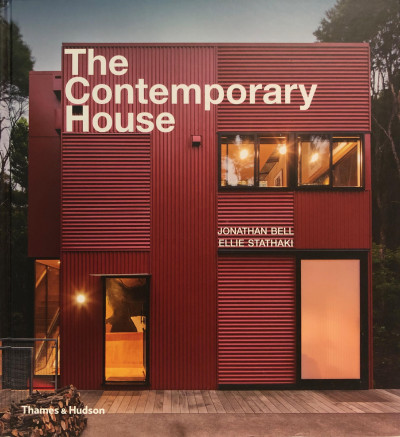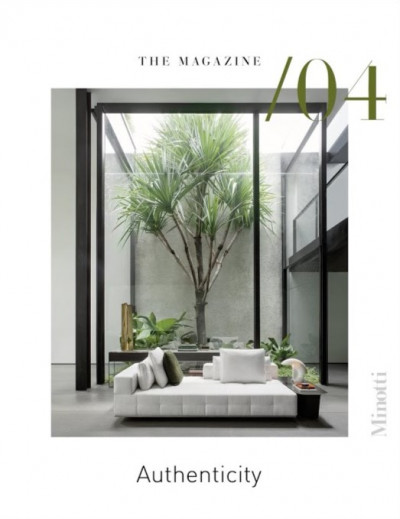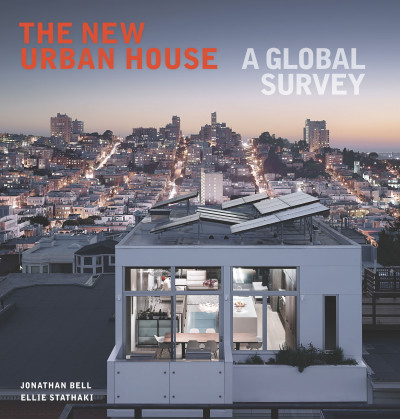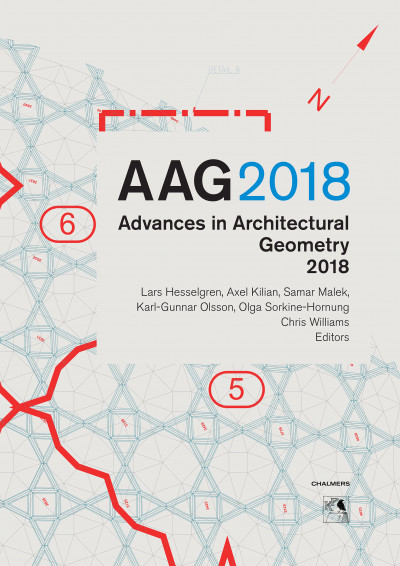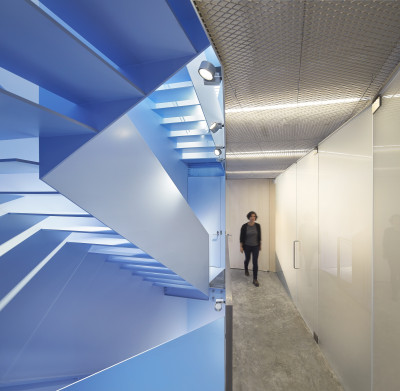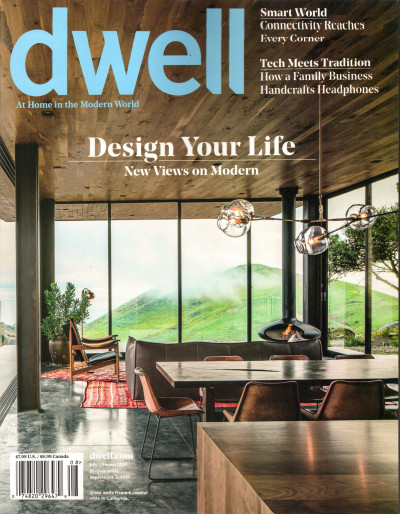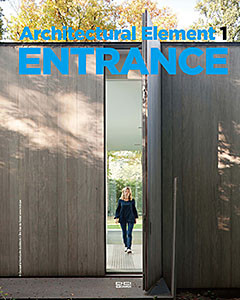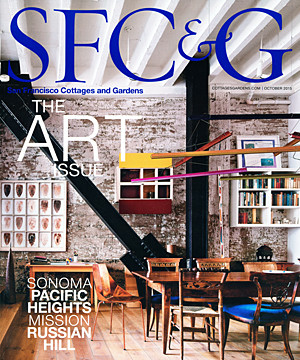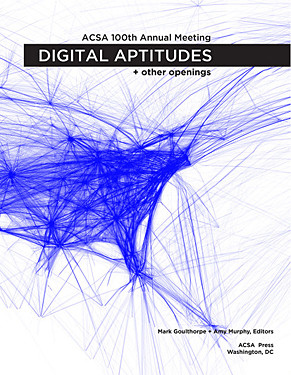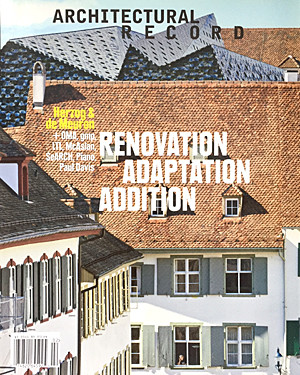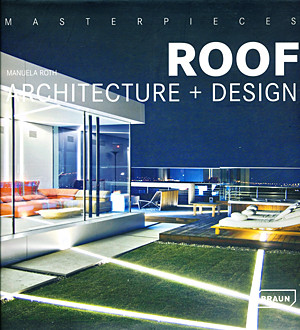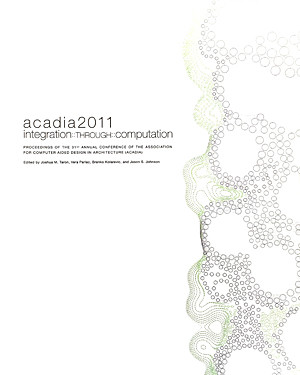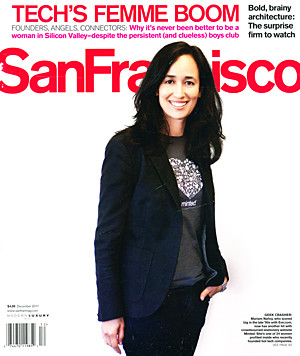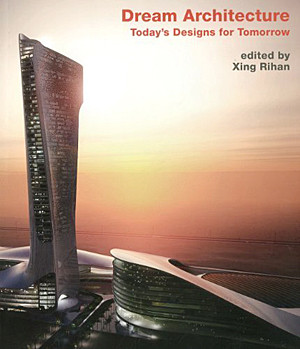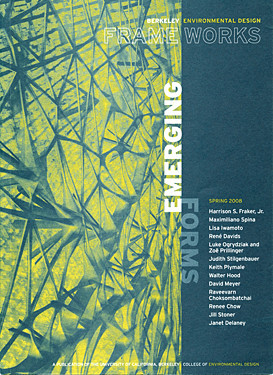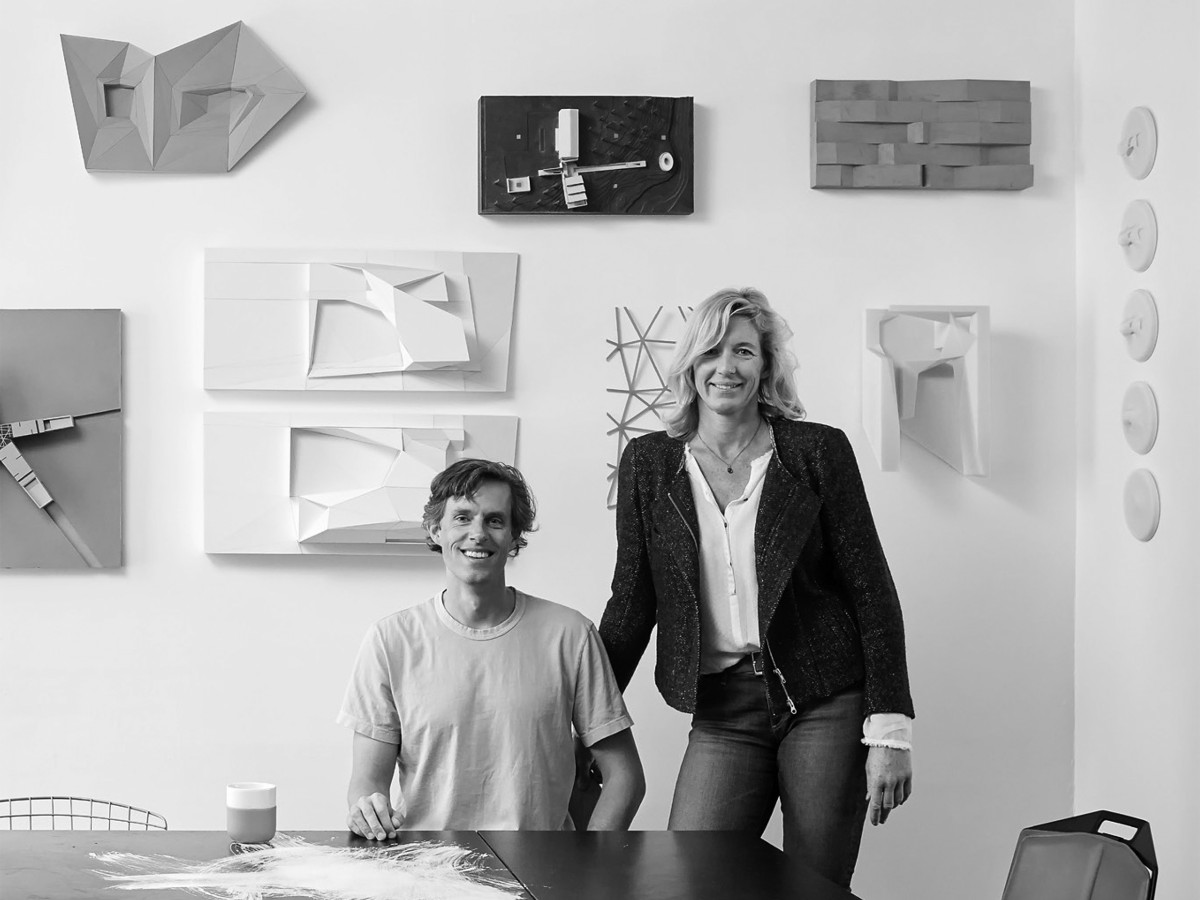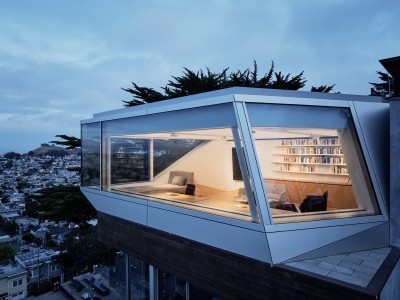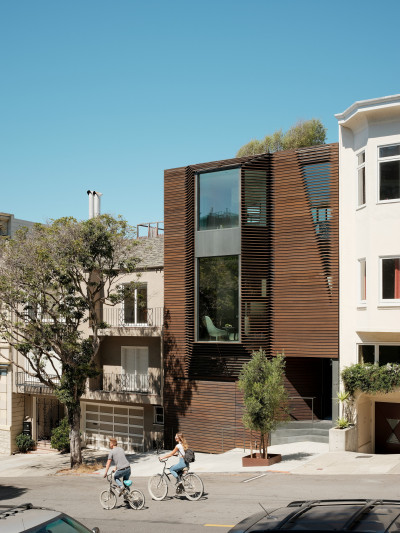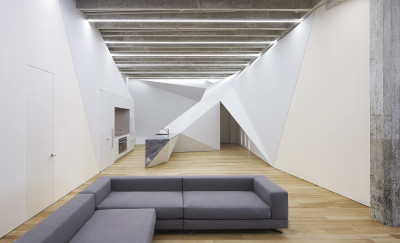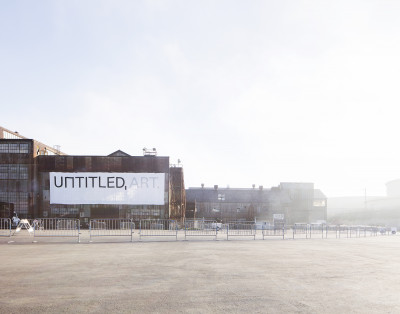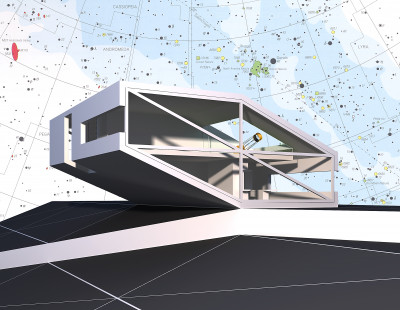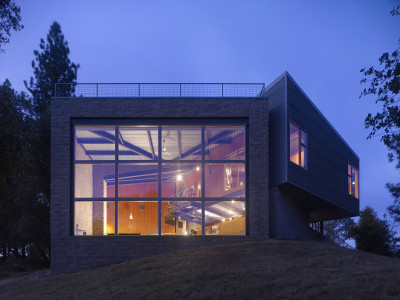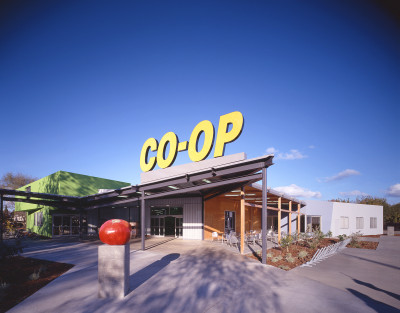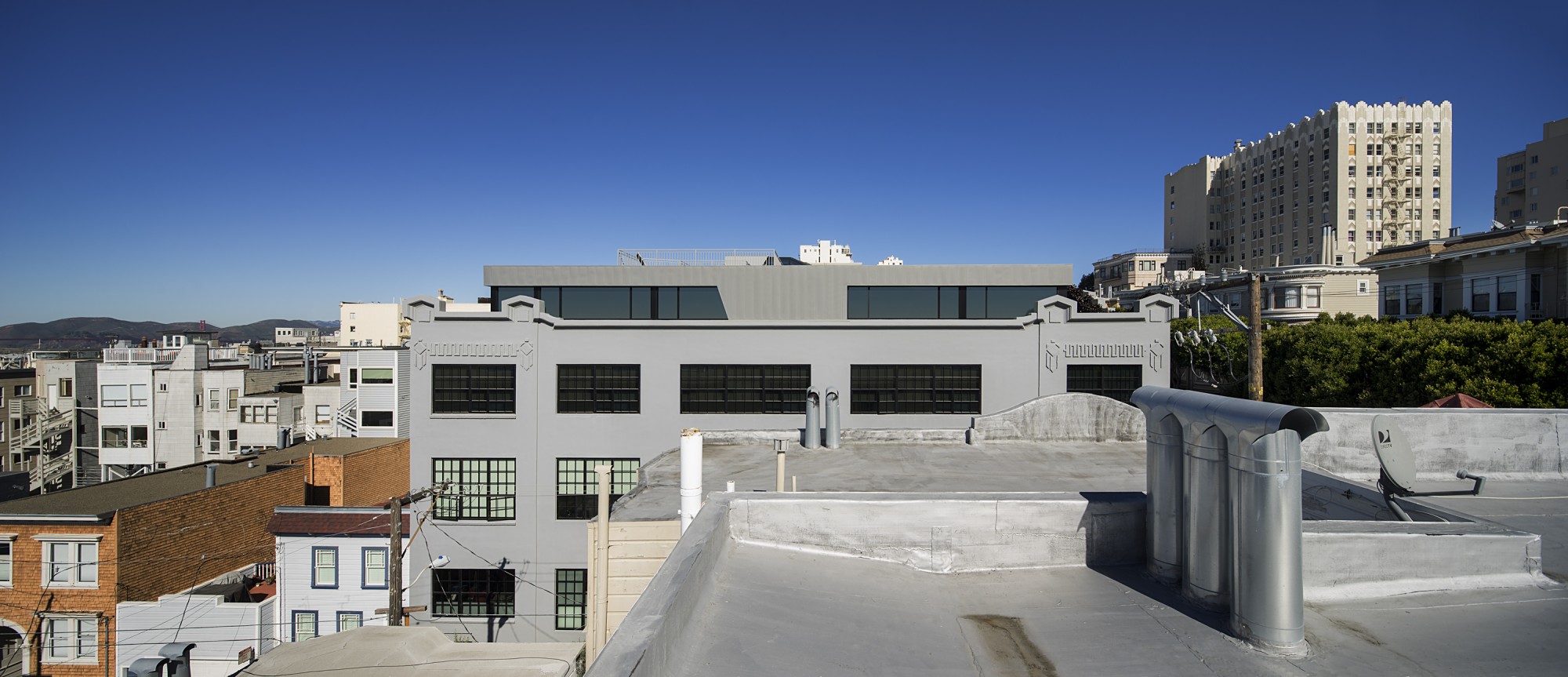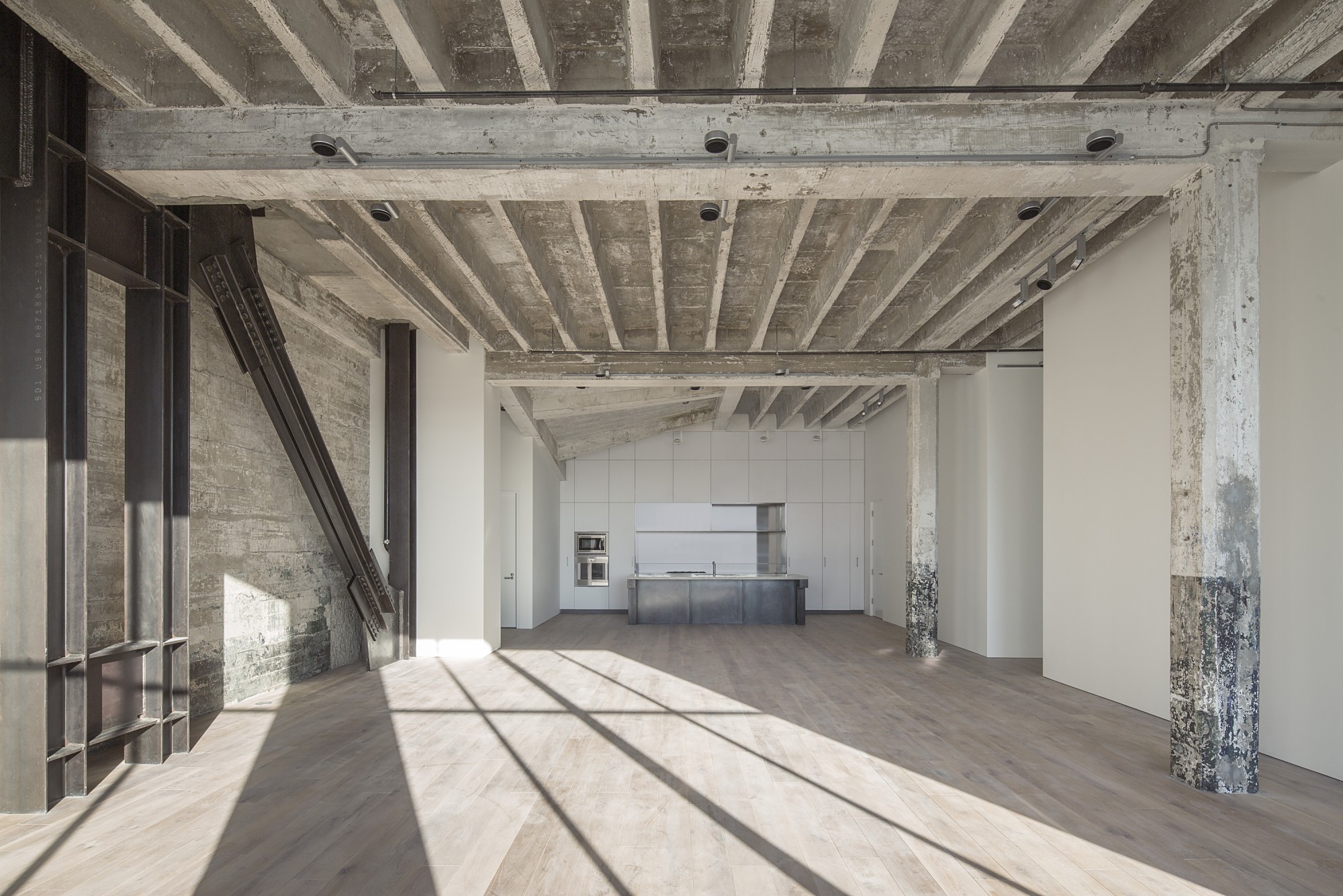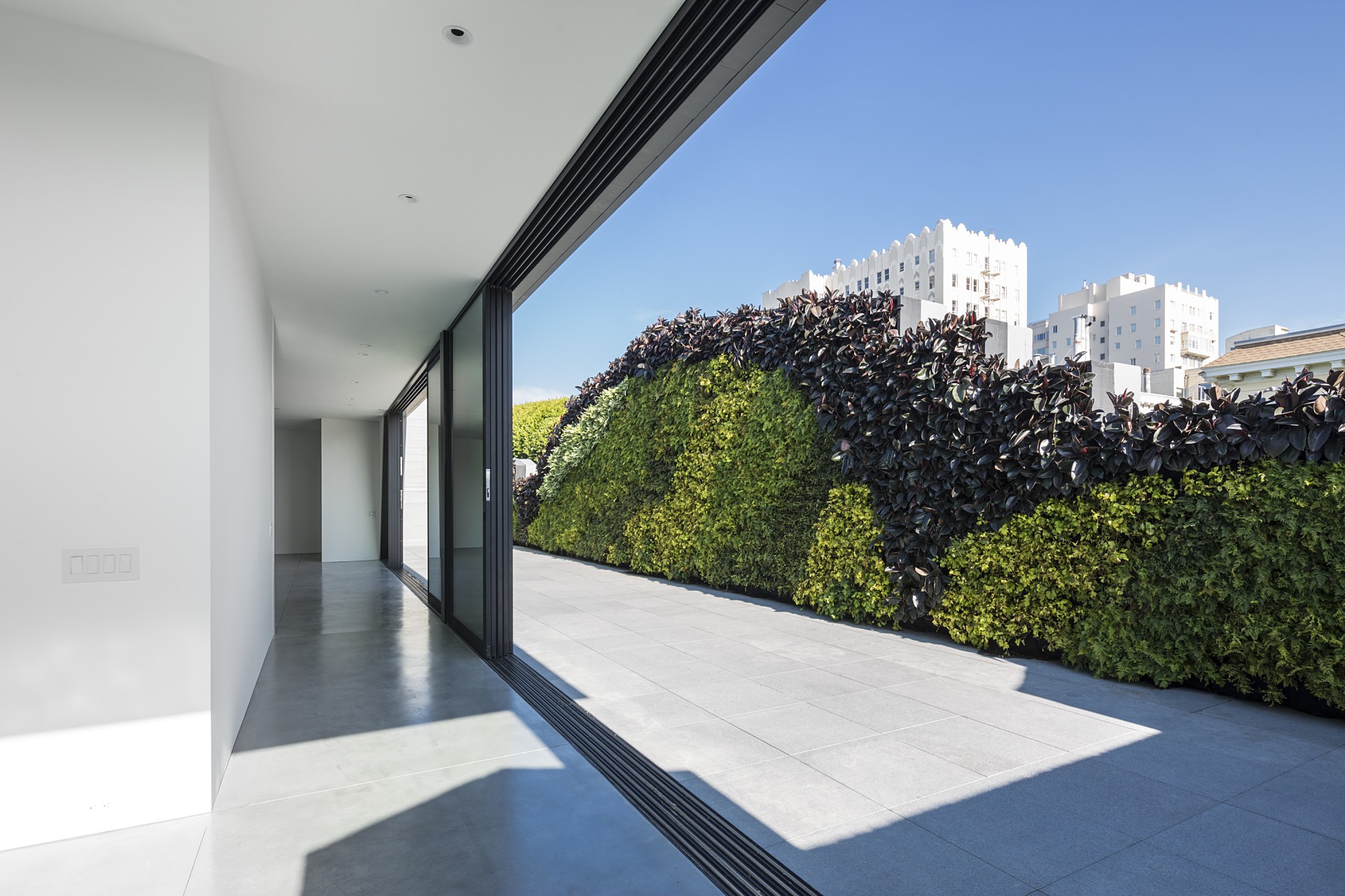This adaptive reuse of a 1920’s cast concrete garage rehabilitates a historic resource to exchange parking spaces for housing. It confronts the historic character of the existing building with a progressive architectural language, preserving and updating our San Francisco’s historic fabric while building for the 21st century.
HYDE combines a complete interior and structural renovation with a new penthouse addition to create seven idiosyncratic condominiums, a small retail space, and 14 puzzle-lift parking spaces. The design is hinged on the clear opposition of new and old, preserving the strengths of the existing structure by making necessary architectural modifications appear simple and distinct. One aspect of this strategy was to expose the rough, layered character of the historic structure and shell and contrast it against a crisp, abstract, contemporary language for the new interventions. New walls were reduced to a minimum within the units by consolidating support spaces into solid ‘blocks’ to maintain the classic loft-like openness and volume of the original structure.
Each floor of the building has a different character based on the changing relationships each level has with the existing structure. The ground floor units are dominated by the sense of the original concrete shell at exterior walls and the original 14’ high cast ceilings. There, the strong presence of the historic shell frames minimal interventions in two units, and crisp geometry in a third. The next floor, while still framed within the concrete walls of the garage, starts to break free from the historic container with the triangulated steel frame ceiling that supports the penthouse level. The top floor is completely new, independent from the historic shell except for the 10’ high existing parapet that creates the backdrop for a roofdeck. This 75’ wide parapet is entirely covered with a green wall, turning the shallow space into a private urban garden.
In the zinc-clad entry, hot-rolled steel main stair, and at the zinc penthouse exterior, a 20-degree shear in plan and elevation amplifies the difference between the new and old. The angle, while subtle, introduces a dynamic of motion at points of entry into the building. At the 50’ high stair hall the effect is dramatic: all the elements -- the steel and translucent glass stair and landings, and the skylight overhead – align to reinforce the sensation of movement and architectural difference from the historic shell.
At the same time that HYDE looks to the future, it amplifies the qualities of the building as a historic resource. The renovation breathes new life into a building that formed the background to one of the most famous portraits of Jack Kerouac, and includes a plaque to mark the exact location across the street from Neal Cassidy’s former house. In the dynamic zinc-clad entry, a vitrine exhibits the pre-1906 earthquake artifacts that were uncovered excavating the lowest floor of the building. Throughout, the surfaces of the garage reveal a textured palimpsest of the layers of paint and signage that have accumulated over the years. This project demonstrates how, even in conservative San Francisco, the past and the future can coexist in all their vibrancy.

